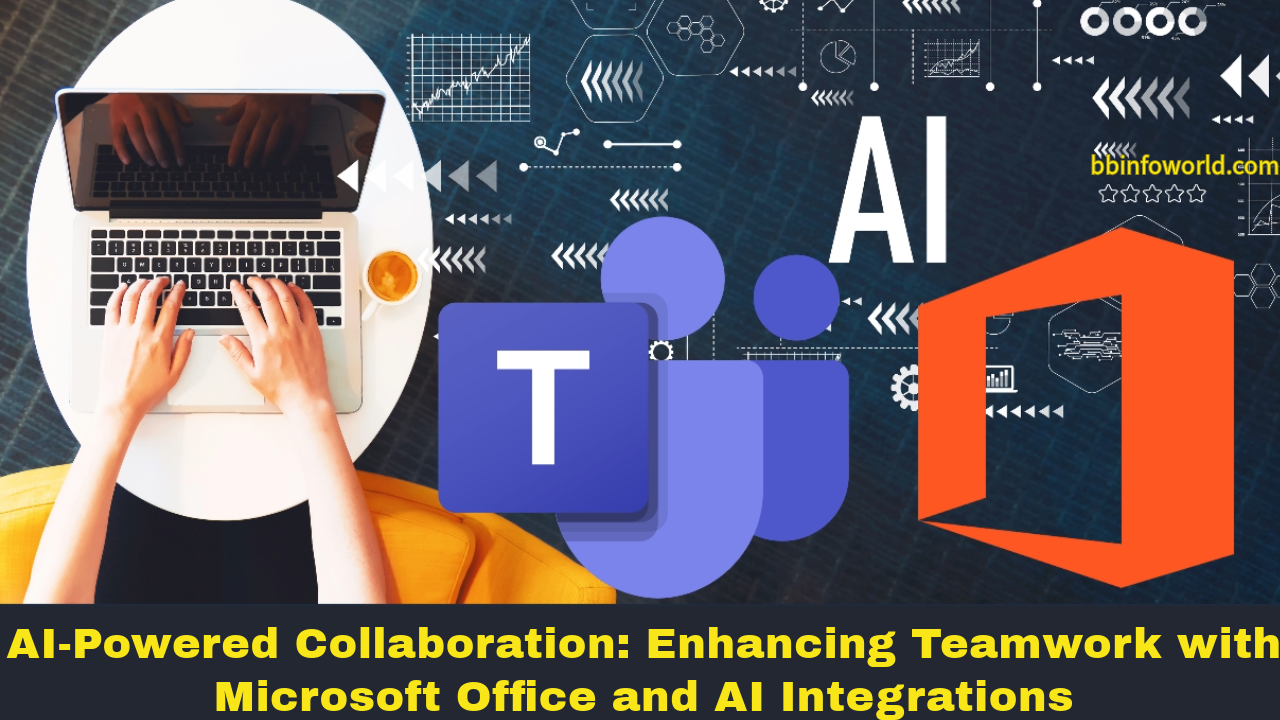
AI-Powered Collaboration: Enhancing Teamwork with Microsoft Office and AI Integrations
AI-Powered Collaboration: Enhancing Teamwork with Microsoft Office and AI Integrations
Introduction
Collaboration lies at the core of productivity in modern workplaces. Microsoft Office, with its suite of applications, has evolved with the integration of Artificial Intelligence (AI), fostering seamless teamwork and enhancing productivity. This blog explores how AI-integrated features within Microsoft Office revolutionize collaboration, enabling more efficient teamwork and task management.
Working Principle
AI integration within Microsoft Office utilizes machine learning algorithms to analyze user behavior, content, and context. This empowers the suite’s applications such as Word, Excel, PowerPoint, and Teams with intelligent features that facilitate communication, data analysis, content creation, and project management. AI augments collaboration by offering real-time insights, automating repetitive tasks, and improving decision-making processes.
Advantages
- Real-time Collaboration: AI-powered tools enable simultaneous collaboration and editing on documents across geographical locations in real-time.
- Intelligent Data Analysis: AI-driven analytics in Excel provide insights from data, aiding teams in making informed decisions and predictions.
- Enhanced Communication: AI-infused features in Teams facilitate efficient communication, scheduling, and file sharing among team members.
Limitations
- Data Security Concerns: AI integrations might raise concerns regarding data privacy and security, requiring robust measures for safeguarding sensitive information.
- Overreliance on Automation: Excessive reliance on AI automation may lead to dependency issues and potential errors if not used judiciously.
- Integration Challenges: Integrating AI into existing workflows might pose challenges, necessitating training and adaptation for users.
Applications
- Project Management: AI-powered tools aid in task scheduling, progress tracking, and resource allocation, streamlining project management.
- Remote Collaboration: Facilitating effective teamwork among remote teams through AI-enabled communication and document sharing in Teams and other Office apps.
- Data-driven Decision Making: Leveraging AI-driven insights for data analysis in Excel assists in making data-driven decisions across various domains.
Conclusion
The integration of AI into Microsoft Office marks a paradigm shift in collaboration, providing innovative tools that empower teams to work smarter and more efficiently. While the advantages of AI-powered collaboration are evident, addressing limitations and ensuring proper implementation and security measures are vital for maximizing its potential. Ultimately, AI-enhanced collaboration fosters a more agile, connected, and productive working environment.



